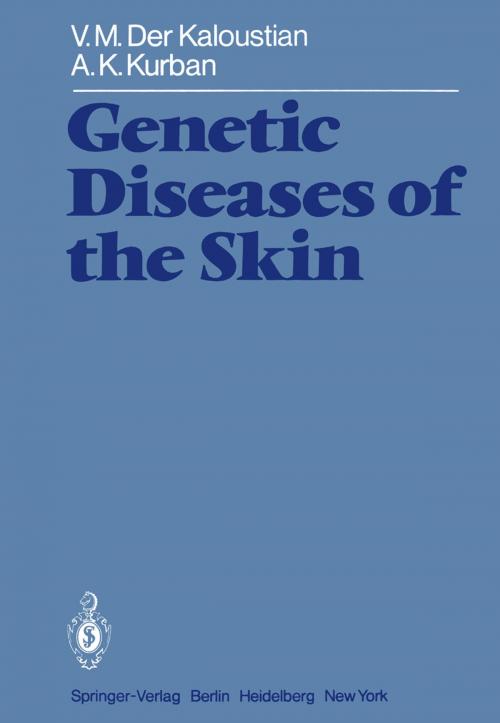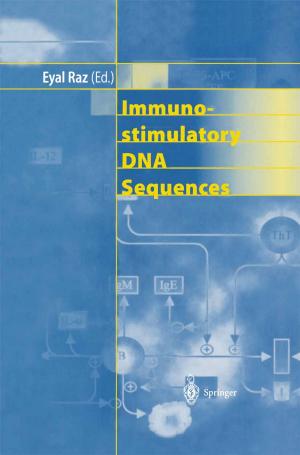| Author: | V. M. Der Kaloustian, A. K. Kurban | ISBN: | 9783642671524 |
| Publisher: | Springer Berlin Heidelberg | Publication: | December 6, 2012 |
| Imprint: | Springer | Language: | English |
| Author: | V. M. Der Kaloustian, A. K. Kurban |
| ISBN: | 9783642671524 |
| Publisher: | Springer Berlin Heidelberg |
| Publication: | December 6, 2012 |
| Imprint: | Springer |
| Language: | English |
The two organs of the body most accessible to examination are the eye and the skin and its appendages. That is why, it is said, ophthalmological genetics is in such flourishing good health. Dermatological genetics does not seem to have benefited so much from the skin being on the outside, and there are but few dermatological counterparts to the volumes of Sorsby, Waardenburg, Franceschetti and Franr,;ois, among others. But thanks to the growing interest in medical genetics, and the modern sophisticated tech niques of molecular, biochemical, and ultrastructural examination, der matology is beginning to catch up, as the appearance of this volume testifies. Because of the growing body of knowledge and the heightened awareness of genetics by both patients and physicians, dermatologists not only will be asked more often about the inheritance of skin conditions they diagnose but increasingly will have the opportunity to diagnose a variety of inborn errors and syndromes by their dermatologic manifestations. On the other hand, syndromologists, clinical geneticists, and physicians are continually seeing patients with diagnostic clues in the skin that they must be able to appreciate. For both groups this book will be a new and valuable source of help. Spring 1979 F. CLARKE FRASER, Ph.D., M.D.
The two organs of the body most accessible to examination are the eye and the skin and its appendages. That is why, it is said, ophthalmological genetics is in such flourishing good health. Dermatological genetics does not seem to have benefited so much from the skin being on the outside, and there are but few dermatological counterparts to the volumes of Sorsby, Waardenburg, Franceschetti and Franr,;ois, among others. But thanks to the growing interest in medical genetics, and the modern sophisticated tech niques of molecular, biochemical, and ultrastructural examination, der matology is beginning to catch up, as the appearance of this volume testifies. Because of the growing body of knowledge and the heightened awareness of genetics by both patients and physicians, dermatologists not only will be asked more often about the inheritance of skin conditions they diagnose but increasingly will have the opportunity to diagnose a variety of inborn errors and syndromes by their dermatologic manifestations. On the other hand, syndromologists, clinical geneticists, and physicians are continually seeing patients with diagnostic clues in the skin that they must be able to appreciate. For both groups this book will be a new and valuable source of help. Spring 1979 F. CLARKE FRASER, Ph.D., M.D.















